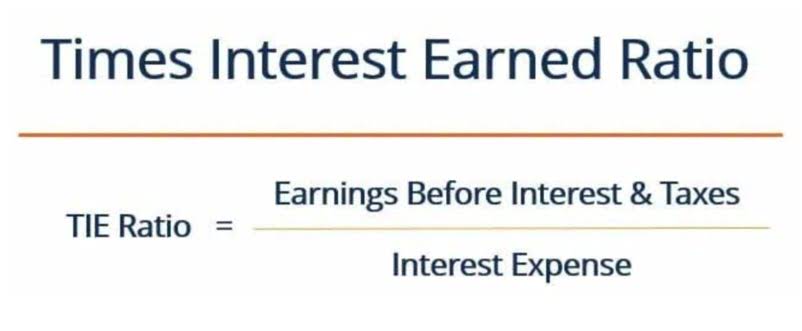Tháng: Tháng mười một 2022
Temporary Accounts vs Permanent Accounts Differences & More

A business can easily create purchase orders, develop reports for cost of goods sold, manage inventory stock, and update discounts, returns, and allowances. With this application, customers have payment flexibility, and businesses can make present decisions to positively affect growth. Here, we’ll briefly discuss these additional closing entries and adjustments as they relate to the perpetual inventory system. A periodic inventory system updates and records the inventory account at certain, scheduled times at the end of an operating cycle. The update and recognition could occur at the end of the month, quarter, and year.
- John Freedman’s articles specialize in management and financial responsibility.
- Though inventory is not a temporary account, it is integral to proper accounting in a periodic inventory system.
- To avoid the above scenario, you must reset your temporary account balances at the beginning of the year to zero and transfer any remaining balances to a permanent account.
- For a perpetual inventory system, the adjusting entry to show this difference follows.
- With knowledge of permanent and temporary accounts, companies can plan and manage their cash flow accordingly to stay profitable.
Operating Expenses vs. COGS
- Accounts are closed at year-end to transfer the balances of temporary accounts, such as revenues, expenses, and dividends, to retained earnings or the owner’s capital account.
- Permanent accounts keep track of your business’s overall progress because they are cumulative.
- This permanent account process will continue year after year until you don’t need the permanent accounts anymore (e.g., when you close your business).
- Conversely, shipping costs related to customer delivery are recorded as operating expenses, impacting the operating margin.
- You can use these temporary accounts for any accounting period, such as a quarter.
- With knowledge of permanent and temporary accounts, businesses can make more informed financial decisions.
These costs include transportation fees for shipping raw materials or goods from suppliers to a company’s warehouse or production facility. Under GAAP’s matching principle, these costs are recorded in the same period as the revenue they help generate. For example, if a retailer purchases goods from a manufacturer, the shipping charges to transport these goods to the retailer’s location are a direct cost of acquiring inventory. Because you don’t close permanent accounts at the end of a period, permanent account balances transfer over to the following period or year. For example, your year-end inventory balance carries over into the new year and becomes your beginning inventory balance.

How to Close Temporary Accounts
By simplifying the entire process, temporary accounts help companies quickly identify areas of improvement and make adjustments before entering figures into the ledger. At the end of the period, these accounts are closed out, with their balances being transferred to permanent accounts. This process helps ensure all financial information recorded in an organization’s books is correct and up-to-date. Temporary accounts, like revenue and expenses, are closed out at the end of each accounting period.
- In this article, we will explore which accounts are not considered temporary in accounting and why they are essential to understand.
- A permanent account is a non-temporary financial account that cannot be closed or terminated without prior notification.
- Determining whether shipping costs should be included in the Cost of Goods Sold (COGS) can significantly impact a company’s financial statements and profitability analysis.
- Temporary accounts track your company’s performance over a given period and get reset when the next period begins.
- Conversely, permanent accounts accumulate balances on an ongoing basis through many fiscal years, and so are not closed at the end of the fiscal year.
- In practice, however, companies often don’t know exactly which units of inventory were sold.
AccountingTools
Since prices tend to go up over time, a company that uses the FIFO method will sell its least expensive products first, which translates to a lower COGS than the COGS recorded under LIFO. At any given time, your business’s inventory account tells you the current value of the inventory you have on hand. When you report your end-of-year income, you’ll calculate the profits you made by selling that inventory. That can be the cost of is cost of goods sold a temporary account goods sold or any other business expenses needed to run a company. For example, salaries, rent expenses, administrative expenses and so much more. Freight costs not directly tied to production or acquisition are excluded from COGS.
Which is Not A Temporary Account in Accounting? – Understanding Temporary and Permanent

Permanent accounts, such as assets, liabilities, and equity, retain payroll their balances and carry over to the next period. The key difference helps maintain clear financial reporting across accounting periods. Closing temporary accounts gives us a clear picture of a business’s performance during a particular period. Without closing these accounts, the income and expenses would carry over and mix with the next period’s figures, making it impossible to determine a specific period’s profitability. Temporary account categories include sales revenues, cost of goods sold, operating expenses, payroll expenses, and income tax expenses.
Inventory directly impacts your balance sheet by increasing your asset value. Proper inventory management is essential to ensure accurate reporting of your company’s financial health. Since inventory is not a temporary account, its value persists until it becomes Cost of Goods Sold.

Expense Accounts:
My site utilizes a unique process that leverages AI and human subject matter expertise to create the best content possible. COGS only applies to those costs directly related to producing goods intended for sale. For example, COGS for an automaker would include the material costs for the parts that go into making the car plus the labor costs used to put the car together. The cost of sending the cars to dealerships and the cost of the labor used to sell the car would be excluded. For the past 52 years, Harold Averkamp (CPA, MBA) hasworked as an accounting supervisor, manager, consultant, university instructor, Bookkeeping for Etsy Sellers and innovator in teaching accounting online.





